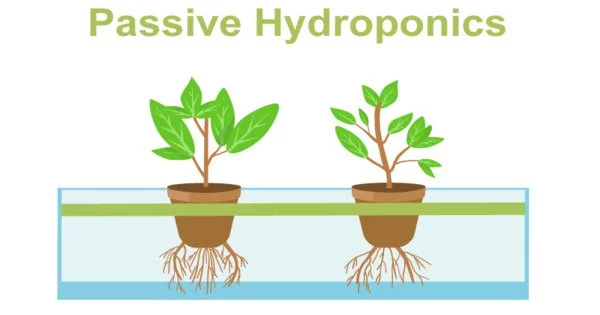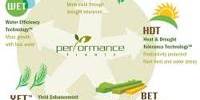Growing plants without soil, peat moss, or bark is known as passive hydroponics, semi-hydroponics, or passive subirrigation. It is a sort of hydroponic system that uses capillary action rather than mechanical pumps or active circulation systems to provide nutrients and water to plant roots. This approach, also known as “wicking” or “sub-irrigation” hydroponics, is often regarded as one of the most basic and low-maintenance hydroponic systems available.
Methods
Instead, capillary action transfers water and nutrients to the roots via an inert porous media. Water and fertilizer are maintained in a reservoir and sent to the roots as needed, minimizing effort and ensuring the roots have a consistent supply of water. The pot is placed in a shallow solution of fertilizer and water, or on a capillary mat soaked with nutrient solution, in the most basic approach. Passive hydroponics can reduce the labor necessary to maintain a big collection of plants because routine maintenance is greatly simplified.
Here’s it works:
Growing Medium: Plants are typically grown in a solid, soilless growing medium like coconut coir, vermiculite, perlite, or a mixture of these materials. The medium should be highly porous and capable of holding moisture.
- Wicking Material: A wicking material, such as a felt strip, cotton rope, or capillary matting wick, is used to carry water and nutrients from a reservoir to the root zone of plants. The wick has one end in the nutrient solution reservoir and the other end in contact with the growing media.
- Reservoir: The nutrition solution is kept in a container or reservoir. Through capillary action, the wicking material sucks up the liquid, maintaining a consistent supply of moisture and nutrients to the roots.
- Plant Placement: Plants are immediately placed in the growing medium, with their roots in contact with the wicking material. Naturally, the roots will grow toward the source of moisture and nutrients.
- Maintaining Nutrient Levels: You need to periodically monitor the nutrient solution in the reservoir and top it up as needed. Nutrient levels may decrease as the plants absorb them.
Advantages
When compared to more complex hydroponic systems that rely on pumps and timers, the advantages of passive hydroponics include its simplicity, cost-effectiveness, and lower danger of system failure. It’s a good choice for beginners who want to produce a range of plants, such as herbs, lettuces, and smaller veggies.
However, in terms of providing nutrients and oxygen to plant roots, passive hydroponic systems may be less efficient than active systems, especially for bigger or more demanding plants. As a result, they are frequently utilized for smaller-scale or hobbyist hydroponic setups where ease of upkeep and minimal initial cost are important considerations.
















